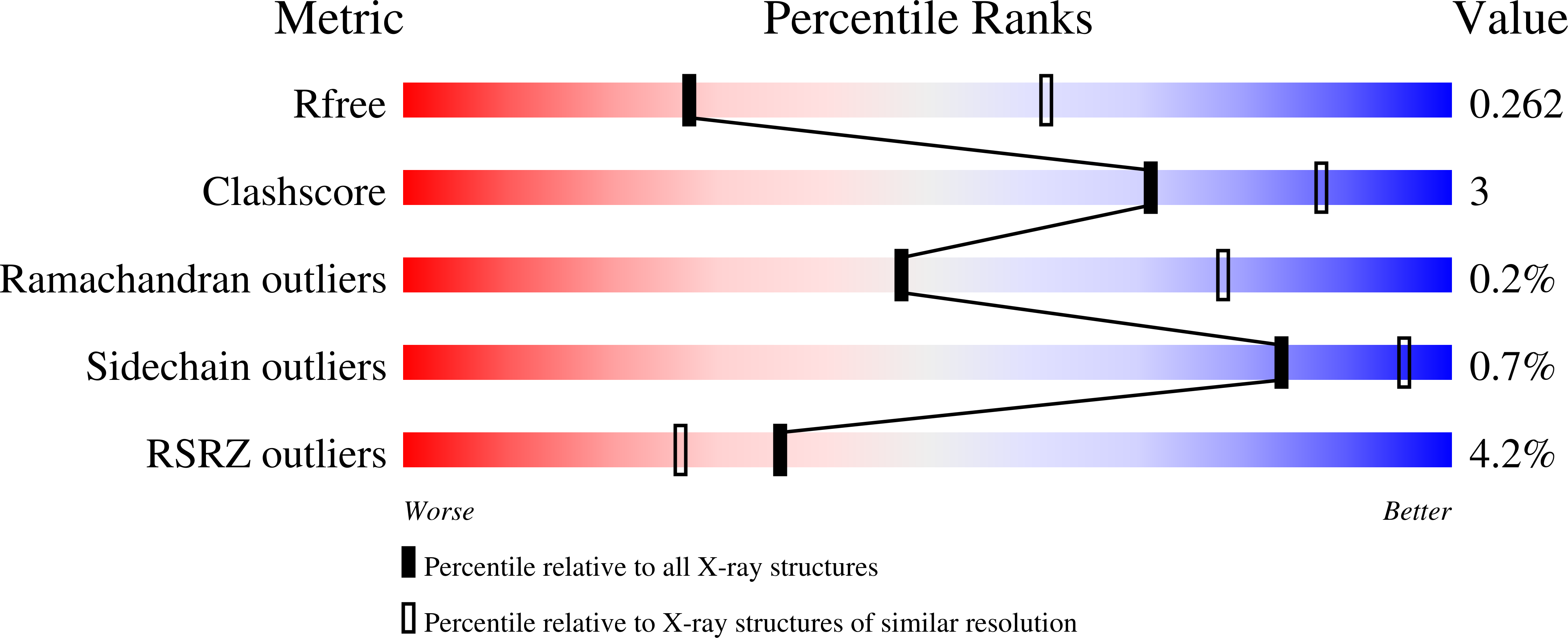
Deposition Date
2020-10-06
Release Date
2021-02-24
Last Version Date
2024-10-23
Entry Detail
PDB ID:
7ALM
Keywords:
Title:
Crystal structure of human GDAP1 at 2.8 Angstrom resolution.
Biological Source:
Source Organism:
Homo sapiens (Taxon ID: 9606)
Host Organism:
Method Details:
Experimental Method:
Resolution:
2.80 Å
R-Value Free:
0.26
R-Value Work:
0.24
R-Value Observed:
0.24
Space Group:
P 21 21 21


